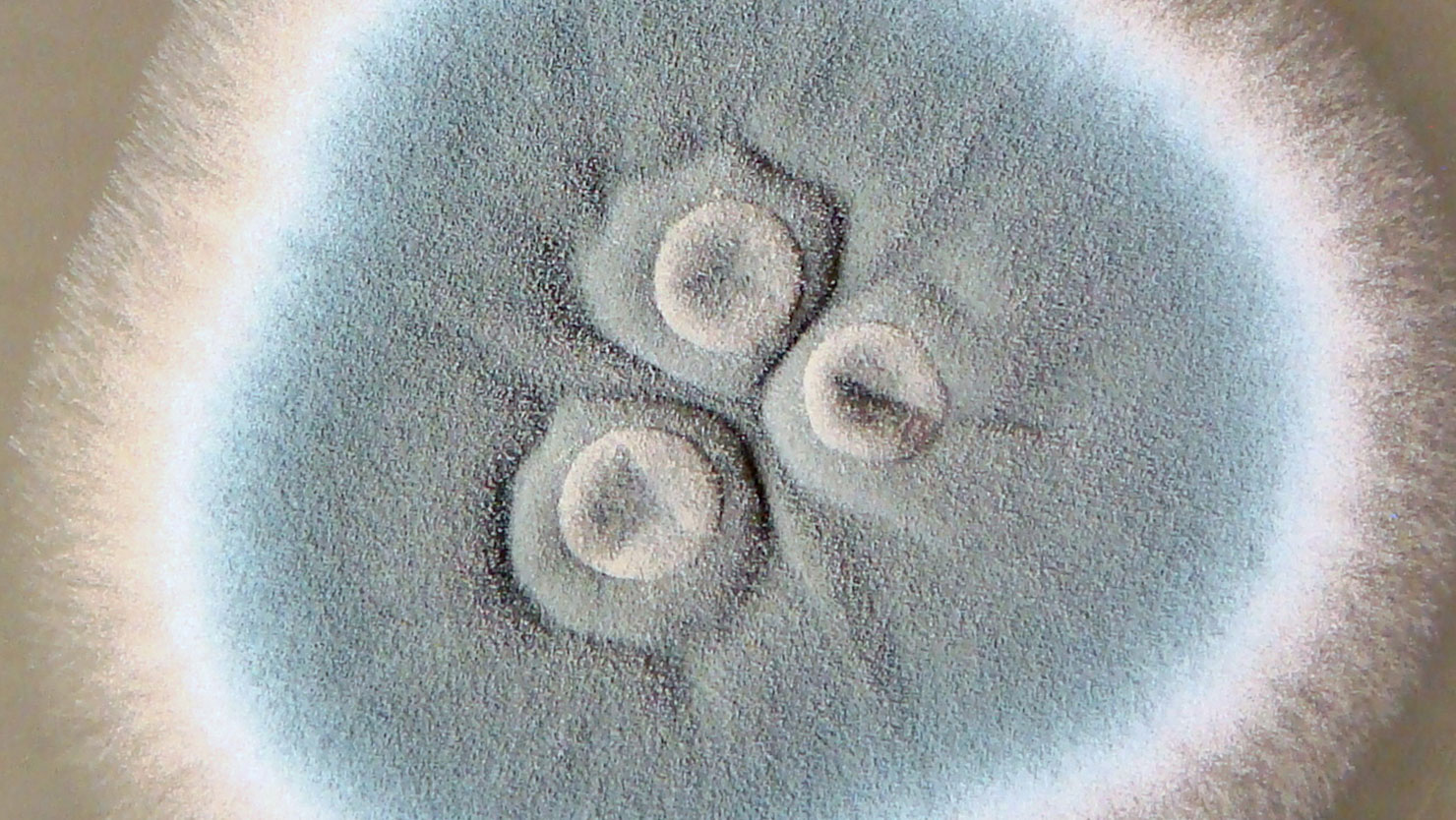Mold Is Everywhere and Impacts You

When most people think about mold or fungi, food spoilage, a damp basement, or mushrooms come to mind. What you may not realize is how pervasive this branch of life is. Fungi is everywhere, from the ground you walk on to the air you breathe, and accounts for an estimated 25% of all biomass on Earth.
Given its ubiquity and impact on human health, it’s surprising how often fungi are overlooked and understudied in the area of infectious disease. Despite accumulating evidence of the medical significance of common molds, such as Aspergillus fumigatus and Aspergillus flavus, our understanding of their pathogenic mechanisms is limited.
We are exposed to Aspergillus mold spores daily through breathing. People are generally resilient to this invasion, but individuals with weakened immune systems are at severe risk of aspergillosis (IA), Allergic Bronchopulmonary Aspergillosis (ABPA), Chronic Pulmonary Aspergillosis (CPA), and Aspergilloma from exposure. Mortality rates from IA range from 30 to 95%.


Public health studies have shown that that concurrent host- and pathogen- mediated events govern the outcome of an A. fumigatus encounter. Recognizing the host-pathogen interaction paradigm necessitates an integrated study of both systems to understand the molecular basis of invasive aspergillus diseases.
Under the direction of Dr. William Nierman, JCVI has focused on Aspergillus for over 15 years including sequencing the first Aspergillus fumigatus strain, Af293. We have amassed the molecular, cellular, and bioinformatic tools required to mount a systematic analysis of the A. fumigatus and Aspergillus flavus interaction with a human host (A. flavus is also a pathogen of agricultural plants such as corn and peanuts) with the aim of chronicling crucial landmarks of disease initiation and progression.
JCVI has also played a role in looking at the pathogenic traits revealed by genomic sequencing and analysis from other human fungal disease agents such as Aspergillus tanneri, a newly discovered Aspergillus species, highly resistant to the antifungal drugs used to treat fungal infections resulting in at least two documented human infection fatalities, and Penicillium marneffei, the causative agent of the disease penicilliosis.